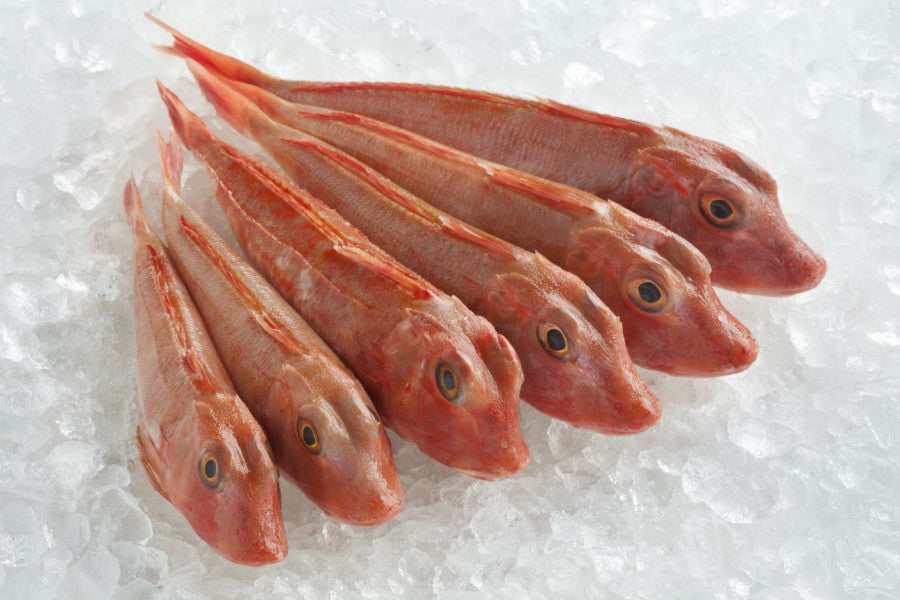
Interesting Facts About Fish
Share
Experts themselves recommend that you eat at least two servings of fish per week -- that’s if your goal is a healthy lifestyle. Fish is packed with nutrients -- vitamins, minerals, omega-3 fatty acids, you name it. It is also a great source of protein and is very low in calories. That aside, here are some things you may not know about different types of fish, which you can share with your friends or family over lunch or dinner.
Monkfish
We mainly want our food to look nice, right? Well, monkfish may disappoint in that area, although its tight, meaty, white flesh is usually compared to that of the lobster’s. A lot of people would call it ugly without batting an eye. It is also referred to as allmouth and sea-devil, among other names. So how bad does it look, really?
Well, its head is large, broad, and flat. It has a wide mouth and pointed teeth that are inclined inwards. It is without scales, though, and is dark brown or olive green on the dorsal of the body and white on the belly, so that should make up for its aesthetically unpleasing face. And, if you are a sea creature or (even a soda can), you may want to keep your distance from monkfish as they eat almost anything that comes their way. They live closer to the bottom of the sea, so if you are a bird, you should be safe from them, right? Well, not necessarily as they sometimes swim to the surface of the water to prey on birds, such as puffins and cormorants. So beware!.
Gurnard
Speaking of not very good-looking fish, gurnard comes to mind as well -- big head, bulging eyes. They also have huge pectoral fins that seem like the wings of a bird, so they are also referred to as sea robins. And, did you know that gurnard can growl? Yes, they do, with the help of muscles related to the swim bladder.
Halibut
Halibut comes from the words haly (holy) and butte (flat fish). Besides the fish’s popularity on Catholic holy days, there are other interesting things surrounding them, too. One, an eye can be found on each side of their head when they are born. But, one eye migrates to the other side after six months, making them look like a flounder. Then a colour scheme, known as countershading, takes place. The side with the eye that does not migrate darkens so as to match the top side, while the other side remains white. This allows them to disguise, which is an important defence mechanism.
Lemon sole
The most interesting thing about lemon sole is its name itself. Well, there is the lemon, which definitely does not refer to its flavour; no, its flavour is not lemony. And, it is not a sole. It is a flounder, in fact. So why is it named as such? One explanation is that its name comes from the French word, “limande,” which translates to “file,” a tool for smoothing metal and wood. However, it is also argued that “limande” may have originated from “limon”, another French term that translates to “silt” in English. Both explanations are plausible, considering where lemon sole dwells and the texture of its skin.
